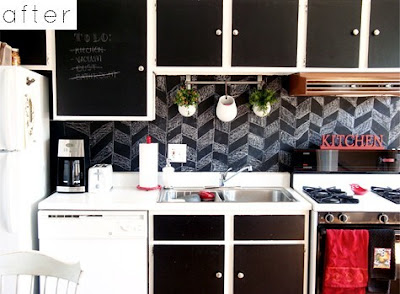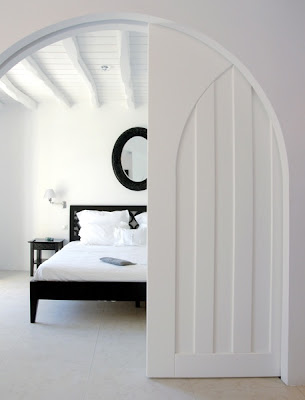An architectural whisper of a statement, reveals are anything but transparent. In fact, they offer full disclose for the areas into which they are set. If that sounds paradoxical it’s because the detail itself is not apparent to the observer. Rather, reveals are actually inward planes that are not fully visible; they are, in effect, in shadow. It’s as discrete and powerful an architectural element as the Palladian triumvirate is in creating harmony and balance in space.
Reveals are subtle grooves; they are voids in the sense that the absence of space they create causes its contiguous spaces to appear special. The void, the inside surface’s dimension is usually only 1/8 to 1/2” wide and 1/8 to 1” deep (depending on where it is situated). The recess is such, that even if colored, you would barely see much of anything, as its obscurity is functional. Then, what do these hidden inward planes do? What is their purpose? And, do they have any kind of aesthetic significance?
Firstly, reveals are found in between parallel planes. A void separating elements such as the window and the wall, or between the floor and the wall above, or the in between spaces of the chair rail or molding, between the countertop and cabinet below, essentially between any two coinciding planes, a reveal affects the entire plane upon which it is situated. These grooved out spaces are created by carving out a linear space from a positive; it is a void. It is negative area that defines and informs the space around it. Thus, if a reveal exists between the door opening and its contiguous wall, it will make the door opening appear as though it is somewhat floating off the wall, creating a lightened effect. Poised at the bottom of an entire wall, where it is recessed a substantial distance in from the surface plane, a reveal will make the wall look as though it were suspended in the air, lifting the wall off the floor. In these instances, reveals will make a very heavy element (wall) appear somewhat weightless. A reveal at the ceiling creates a similar effect, enhancing a light, airy ethereal feel. Here, The observer’s eye will immediately give the illusion of it not being connected to the ceiling, though it is.
When used as a chair rail or baseboard element, a reveal gives that molding a lighter, more sculpted look by breaking up the monotony of the surface plane. Reveals used between countertops and cabinets give the appearance of a floating top, thus lightening the visual heaviness of the two elements together. In effect the emptiness of these obscurities makes the spaces into which they are placed appear to float. Think of the break in a musical composition or in a line of poetry - the caesura, in effect, is analogous to the reveal. These musical stops, these poetic breaks, are negatives that make the lines to which they are attached more powerful. So, too, the reveal.....
What makes reveals revealing? ....their full disclosure.




























